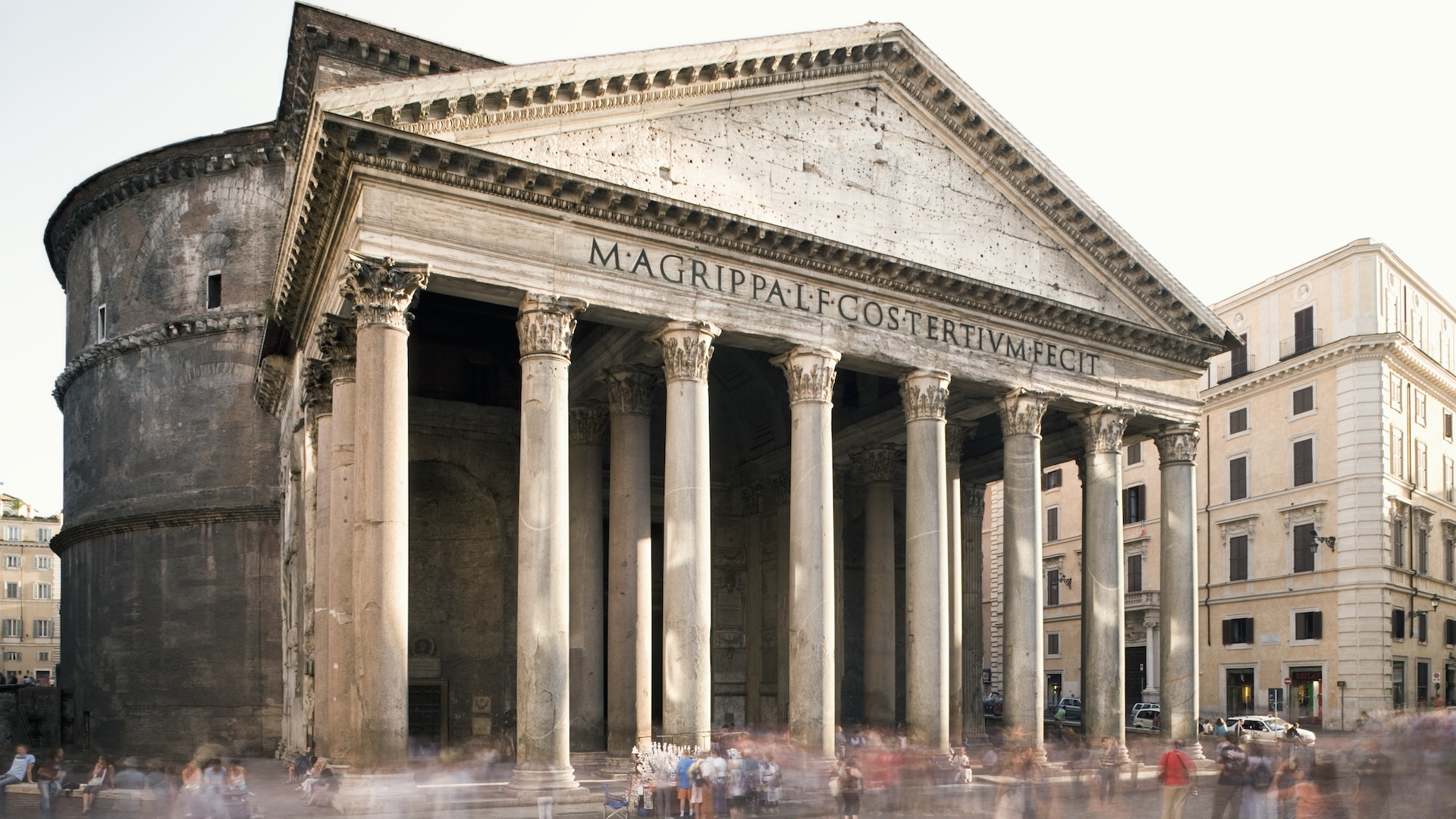When you purchase through linkup on our site , we may gain an affiliate commission . Here ’s how it put to work .
In 2019 , a attack infract out inside Notre Dame Cathedral in Paris , seriously damage the iconic knightly building . However , the catastrophic fire gave researchers an opportunity to study the building ’s architecture like never before .
A few monthsafter the infernowas get rid of , research worker discovered that the Stone used to build the mediaeval - style duomo were bind together usingironstaples , a technique that had never been document before in a edifice from this sentence period , according to a work published March 15 in the journalPLOS One .

Notre Dame Cathedral before it underwent a massive reconstruction due to a fire.
Notre Dame was constructed in multiple stage starting in the early 12th century and continuing for the next 300 years , according to theNotre Dame Cathedral website .
" This is the first building of its variety in which we see this , " lead authorMaxime L’Héritier , a prof in the Department of History at Paris 8 University , told Live Science . " This shows [ that the builder ] at the sentence were sample to try out with unexampled forms of construction . "
L’Héritier and his squad analyzed 12 of the smoothing iron staples , which quantify approximately 20 inch ( 50 centimetre ) long and were part of the " iron skeleton " holding the building together , L’Héritier wrote in an essay for the archaeology publicationSapiens .

The staple fibre offered additional reinforcements to the duomo ’s stonework , include holding together the expectant arches in the nave of the construction ’s predominate 226 - foot - improbable ( 69 meters ) twinned towers . Without the staples ' support , this architectural effort would likely have been impossible to accomplish in 1160 , when twist of the edifice began , concord to the study .
" When we analyze other Gothic church building of that prison term period , none used branding iron in their construction , " L’Héritier said . " We consider that the staple were what enabled them to make this anatomical structure at such a terrific top . "
Related : Notre Dame ’s steeple had 2 hidden coffins beneath it . Now , scientists acknowledge who was buried there .

research worker radiocarbon dated the iron staples and discovered that they were used during one of the initial construction phase angle , " confirming that the production date of the staples was the same as the masonry , which also go steady to around 1160 , " L’Héritier said .
However , L’Héritier cautioned that it will take further psychoanalysis to know the iron ’s precise origins .
— 14th - century sarcophagus found at flaming - lay waste to Notre Dame Cathedral

— Rebuilding Notre Dame will be fabulously hard
— Cathedral ’s varnished - deoxyephedrine window ' witness ' medieval slaying of Archbishop of Canterbury
" We ’re trying to compute out if it ’s local or more distant , " L’Héritier said . " There also seems to be dissimilar ore sources depend on whether the construction occurred in the twelfth or 13th centuries . We do sleep with that the [ cathedral ’s ] bishop died at the end of the twelfth century , so it ’s possible that a new ore resource was used old age later . We should know more in a year or two . "

In the four twelvemonth fall out the blaze , Notre Dame has beenundergoing reconstructionand is wait to reopen to visitant in December 2024 , according toAP word .













